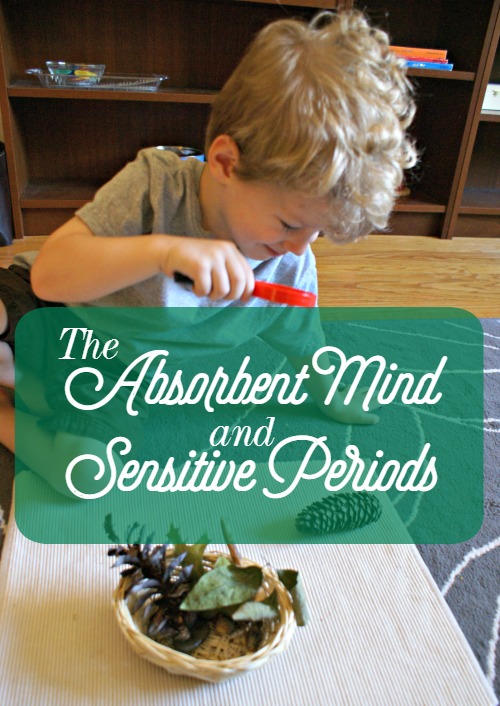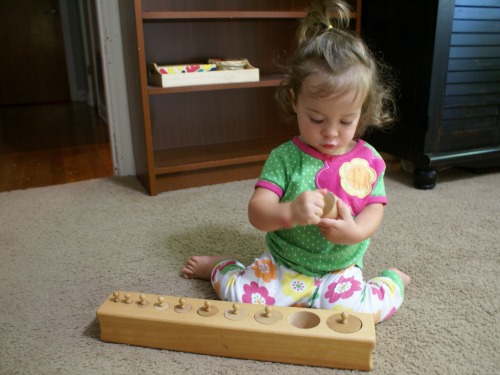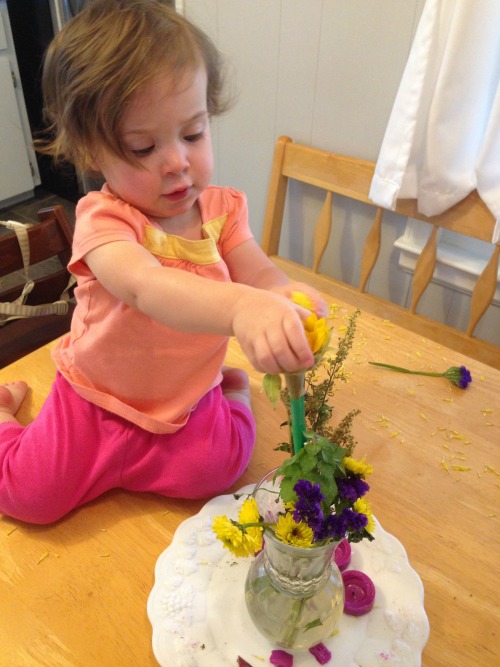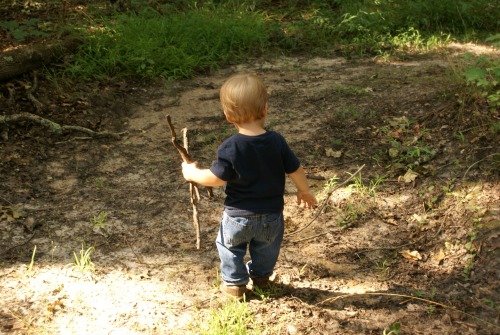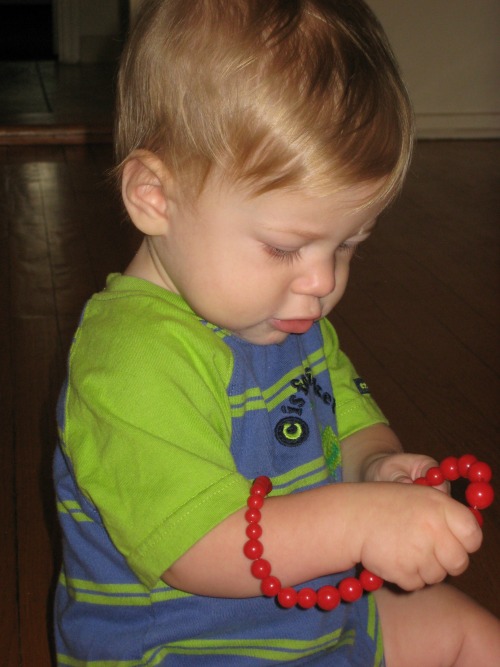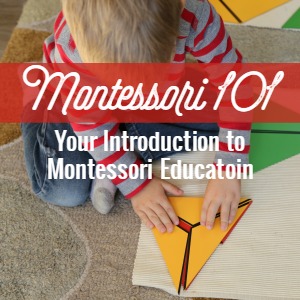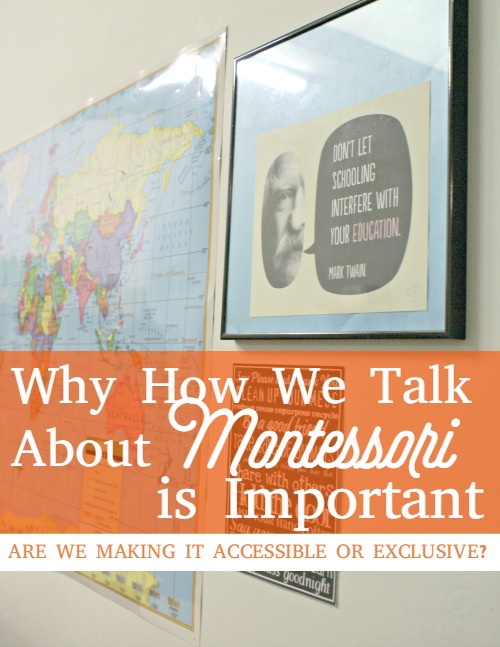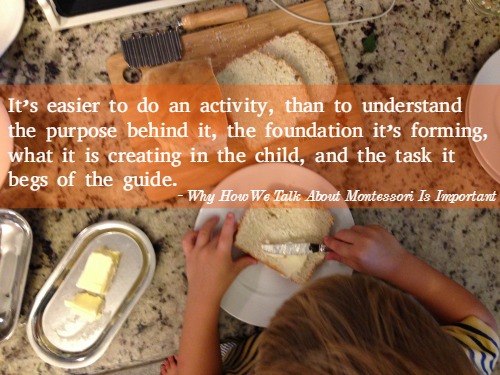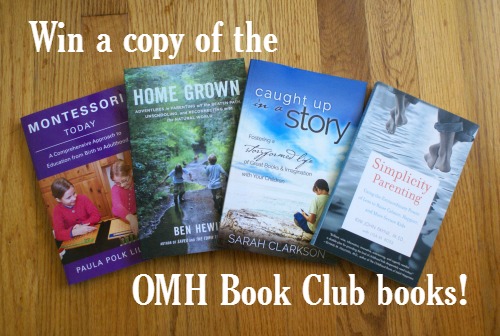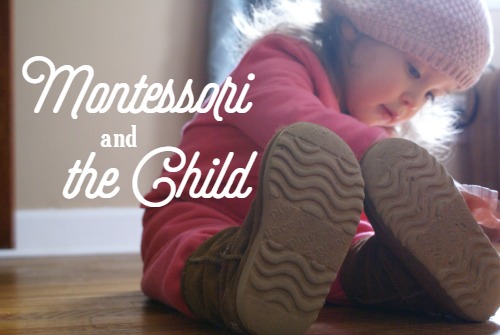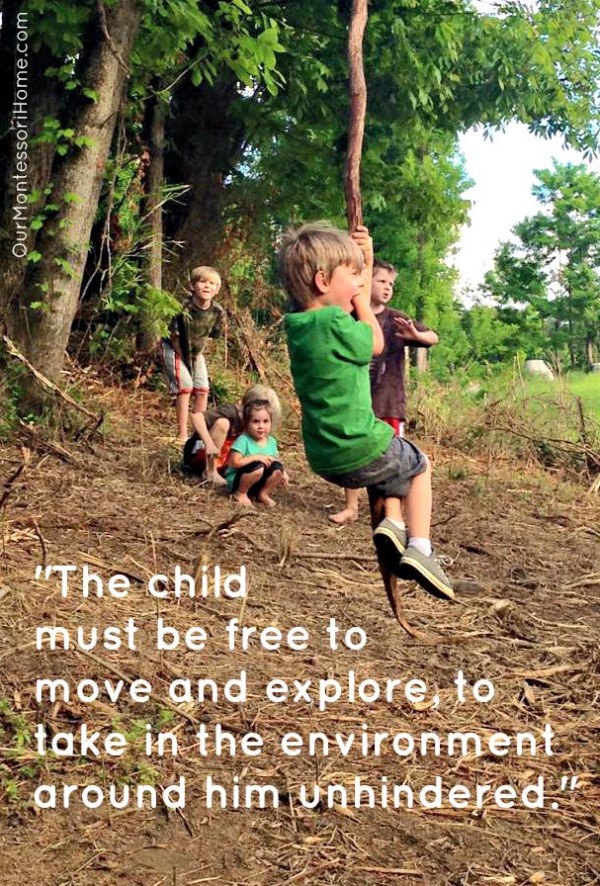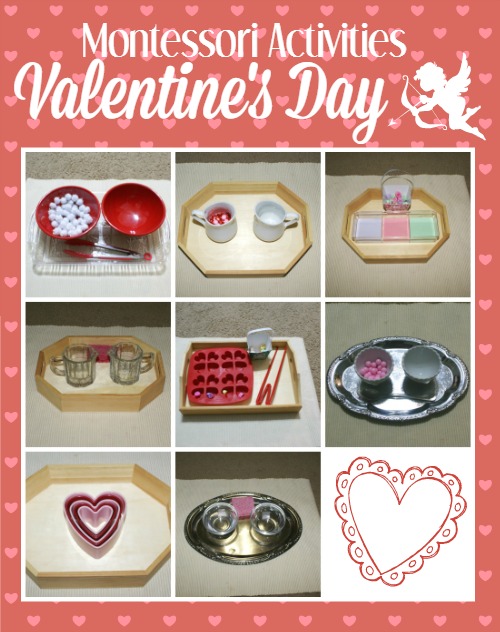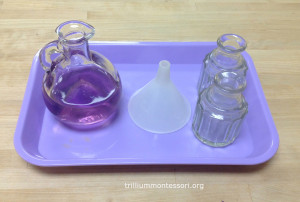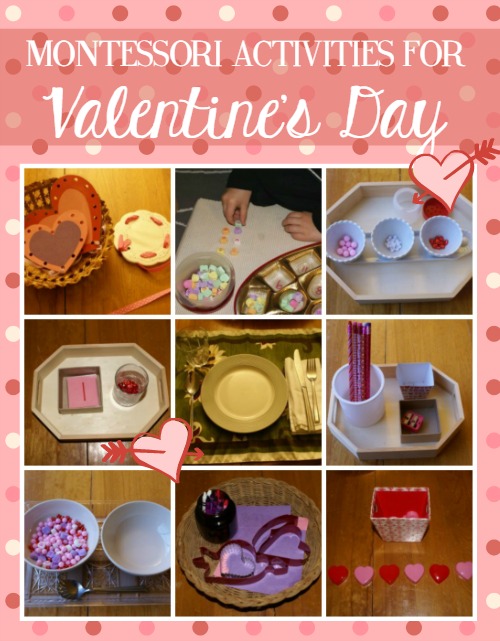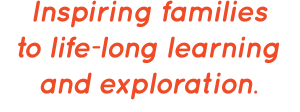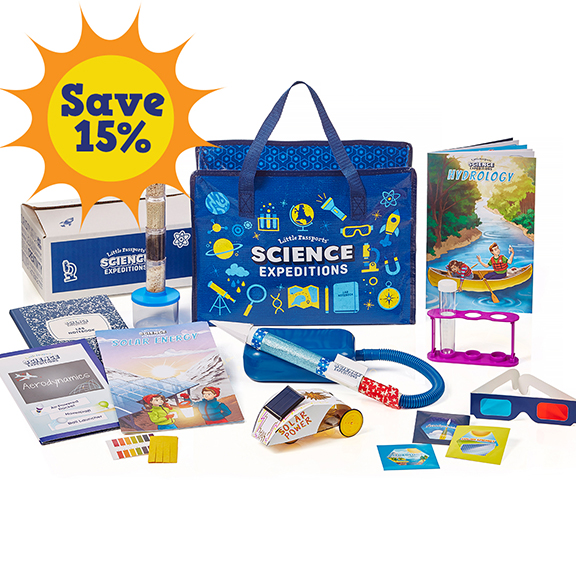“Before three, the functions are being created; after three, they develop.”
Maria Montessori, The Absorbent Mind
When a child is born, they are born with nothing. No memory, no framework for understanding or processing their environment. Language and motor skills are not programmed into them, unlike other mammals who are able to walk shortly after birth, babies must first learn to roll over, sit up, crawl, and scoot before they begin to walk. They don’t know how to pick up a chair, count the number of people at the table, or how to respond appropriately to another’s sadness. The child must, literally, learn everything.
“The child is not born with a little knowledge, a little memory, a little will power, which have only to grow as time goes on. […] we are not dealing with something that develops, but with a fact of formation; something nonexistent has to be produced, starting from nothing. The wonderful step taken by the baby is to pass from nothing to something.” Maria Montessori, The Absorbent Mind (23).
The Absorbent Mind
This is why Montessori believed the period from birth to 6 was the most important time of life. The child grows from an unconscious to conscious learner. The child learns more in this period of life than any other. She, however, did not think of the child as an empty slate needing an outside adult to program their learning. She believed the child possessed an internal pattern of development that with the aid of a caring, observant guide (parent or teacher) would fuel the child’s intrinsic desire for self-development.
Sensitive periods and the absorbent mind are two aids to the child’s pattern of development. The impressions and interactions the child gains from his environment “does not merely enter his mind, they form it.” Like we talked about last week, freedom and the environment are essential for the child’s development, because the child’s “unconscious activity prepares the mind” (36).
This unconscious mind is built first through the child’s interactions with his or her environment. From birth to 3, the child unconsciously acquires knowledge through interacting with his environment. This knowledge continues to build and as the child grows. Between 3 to 6 years, the conscious slowly takes over establishing memory, the power to understand, and the ability to reason.
We call this process the absorbent mind, because the child essentially absorbs information about his or her environment unconsciously from birth to three and between three to six the child makes sense and gives meaning to their learning while continuing to acquire more. These two periods, birth to 3 and 3 to 6, are called sensitive periods.
What is a Sensitive Period?
The sensitive periods is the pattern the phenomenon of the absorbent mind follows. The joy in which the child has in these sensitive periods is his internal motivation to learn and development.
A sensitive period is a block of time in the child’s life when they are absorbed with one characteristic of their environment to the exclusion of all others. Once a sensitive period has passed, it will never return in the same way. The child is still able to learn the skill, but with greater difficulty.
Key Identifiers of a Sensitive Period:
- The child shows intense interest in an activity or skill.
- The child will easily repeat the task over and over without tiring.
- The child finds much joy and pleasure in the task.
- The child is able to willingly focus their attention on the task.
- The child will possess unequaled energy and intense effort toward the task.
What to do when you notice a sensitive period?
What should you do when you notice one or more of these identifiers in the child’s interaction with their environment? Let them be. Allow ample opportunity, time and space, to pursue this area. Introduce other activities that support the emergence of the skill.
What are the Sensitive Periods?
Sensitive periods are “the pattern the child follows in gaining knowledge of his environment” (Montessori: A Modern Approach, 36).
1. Order. The child has an innate desire for order and consistency. Unlike our desire for order and everything in its place, a child’s desire for order is better characterized as the child’s desire to understand the relationship between objects.
How might a child show this sensitivity? By showing pleasure in having things in their correct place, putting things back when they’re not, and/or throwing a fit when he or she is not able to.
What to do? Allow the child to assist in daily tasks they see you doing, keep things simple, follow routines, prepare an environment the child can interact with safely.
2. Mouth & Hands. “Through taste and touch, the child absorbs the qualities of the objects in his environment and seeks to act upon them” (Lillard, 34). The neurological structures for language are developed through sensory and motor activity. It is during this sensitive period the child must be exposed to language.
How might a child show this sensitivity? Putting everything in the mouth, trying to touch anything and everything, likely objects the child has been kept away from or told not to touch.
What to do? Name objects the child interacts with often. Carry on a conversation with the child, even if it’s one-sided, narrating your normal routines and tasks. Allow the child to touch, taste, smell the normal objects in your home environment. For objects that breakable or precious, perhaps examine it with your child, demonstrating the proper way to treat the object (ie, you hold a vase with the child as they touch and look intently at it or hold the guitar and allow the child to pluck the strings).
Treasure baskets are great at this stage, but even outside the prepared activity let the child hold, touch, and taste normal objects…to flip through books, open and close cabinets, even dump things out (gasp!). Of course, use wisdom. Beads and other tiny objects are not appropriate without close supervision, but a child touching a plant or the dirt in a potted plant is fine, normal even. They’re not trying to destroy something for the sake of making you mad. They’re trying to understand their environment. Cultivate an environment that allows these interactions to happen without fear of punishment. It will take patience and a willingness to interact on the child’s level for the parent/guide.
3. Walking. Montessori likened this period to a second birth. The child is now able to move around independently, no longer having to be carried and set about.
How might a child show this sensitivity? Attempting to get out of (or refusing to go in) cribs/playpens, walkers, strollers, or high chairs. Pulling up on furniture or using furniture or walls to steady themselves as they walk.
What to do? Allow the child the room and opportunity to walk. Take a walk for the sake of walking, not with the purpose of getting there. Stroll through the park, take a nature walk at the child’s pace, take down baby gates and put away the playpens. Let the child walk! Remember, children are not a hindrance to our life. They aren’t inconvenient creatures who impede our living, they are full-bodied humans on a quest to know and discover and live to their full potential! Yes, living without “baby jails” (as we call them in our house) can be inconvenient causing more mess and interaction on our part, but it is a chance to not only give our child more freedom but to expose and identify our own prejudices to childhood and push us to grow as parents.
I know raising children can feel inconvenient. I’ve felt the frustration of messed up plans, household disasters, incessant whining, and constant neediness. Acknowledge that it’s there, it exists. We don’t have to pretend that every aspect of parenting is beautiful and simple, because it’s not and we’re doing ourselves and the world a disservice to pretend it is. That only leads to living a facade of having it “all together” while we’re secretly living weighed down by unnecessary guilt.
I think it’s important while we acknowledge the hard parents of raising children, we adjust our mindset, attitude, and sometimes lives to the truth that our children are not inconvenient. We get to steward these precious lives in the skipping rocks across a lake times and the relentless tugging on your leg for another snack while dinner’s burning times. Our children are not an inconvenience. They are people with their own wants, desires, and needs who are looking to fulfill them and need our help to do so.
4. Tiny Objects. Here the child possesses an intense interest in small, tiny objects—crumbs on the floor, threads on the couch, rocks, the beads on a necklace, etc. The child is attempting to understand, How does it all fit together? What role does it play in the whole? What’s the object’s purpose? It’s a grand adventure. This is also, usually, the stage the beginnings of the pincer grasp emerge and other fine motor skills.
How might a child show this sensitivity? Stopping to pick up or play with tiny objects, perhaps things you don’t see or find insignificant. Carrying these things around, upset when they lose their tiny object, transferring them from one place to another and back again.
What to do? Allow them the freedom to carry around and play/work with their tiny objects. Harmless things like leaves or strings, even rocks, let them explore. If they’re in a stage where things go to their mouth rather than stay in their hands, observe closely. Children put things in their mouth because it’s a sensory way to explore the object—what does it feel like on their tongue? What about when wet? How can I manipulate/change the object? Essentially, the child is asking, “What does this little thing do and what can I do to it?”
For items that make you nervous, but aren’t necessarily dangerous, look at with your child, sit or crouch down with them to examine the object. You could point out its texture, use, the proper way to handle the object or even a caution. For those items that the child still wants to put in their mouth but present a choking hazard see if you can find a larger item that mimics what they find interesting about the object, then allow them to explore that. An example might be a child who is interested in the texture of wooden beads, a small wooden spoon might be a good substitute.
5. Social Life. In this period, the child is understanding the relationship between people, self, and personal rights. The child is initially concerned only for himself, but this grows to include others as well. Development and eventual understanding of manners and how behaviors affect others begin here. We also call this grace and courtesy.
How might a child show this sensitivity? The child is concerned primarily about the self–what is mine? Possession and gaining possession is important. Slowly and with guidance, the child begins to see the needs of others, which may be displayed in the willingness to share, give comfort to another, or stand up for the rights of another. At times, the child may realize the place for a respectful, appropriate action, but not know what that might be. They recognize the need in a situation, but might not know what to do.
What to do? First and foremost, the child is guided by the actions and responses of the parents or guide. Lead by showing grace and courtesy to your child and others you meet. Be willing to admit when you’re wrong, especially if your child was witness, and not only make amends but explain why it was wrong. We want our children to honor and respect others and they will do that best when we lead by example.
When reading books, point out different emotions or responses by asking questions, “What do you think the character is feeling?” or “Why do you think she did that?” When correcting a child’s behavior or directing them in appropriate manners, don’t just tell them what to do but why as well.
Spend time talking peaceably with your child when they’ve had an outburst or struggled to respond in a way that shows grace and courtesy. Ask them how they’re feeling or why they did what they did. We don’t want to fill them with shame or guilt, but we do want to lay a foundation for them to be able to question their own actions and learn to identify their weaknesses or strengths and what they may need to change in the future.
Montessori observed in these periods of development the child seemed to follow a series of principles (or natural laws) that governed the child’s development: the law of work, the law of independence, the power of attention, the development of the will and obedience, intelligence, the emotional and spiritual life of the child, and the stages of growth. Over the next few weeks, we’ll be looking at these natural laws of development in the life of the child.
For more posts in the Montessori 101 series, visit here:
Don’t miss a post in the series by signing up for the Our Montessori Home Newsletter!

